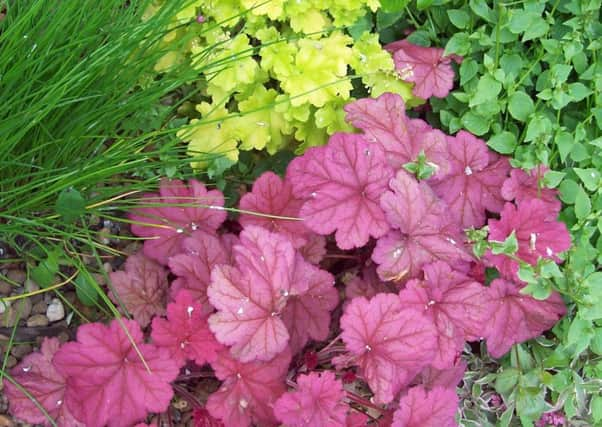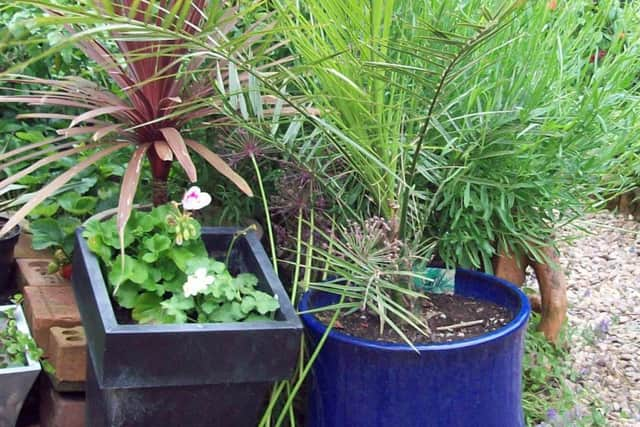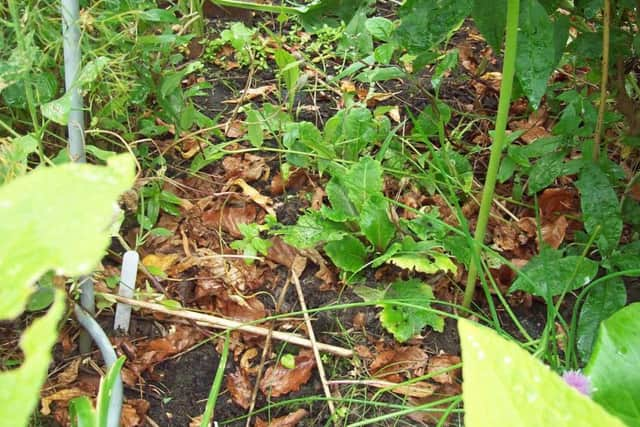GARDENING: Five tips to avoid injury when gardening
This article contains affiliate links. We may earn a small commission on items purchased through this article, but that does not affect our editorial judgement.


It’s a good way of keeping fit, if you do it properly, but it cn also lead to injury if you plunge right into a long session without warming up or taking the necessary precautions.
Bending, over-reaching, lifting heavy objects and getting into awkward positions lead to trouble for all joints, not just the back.


Advertisement
Hide AdAdvertisement
Hide AdAs you bend forward, especially when you lift something, the spine’s natural curvature is stretched, straining the ligaments, muscles, and discs that separate the vertebrae, leading to pulled muscles, ligament damage, stiffness and trapped nerves, like sciatica.
Here’s five top tips to keep you gardening without injury:
1. Warming up and back stretches. These can also be done during or after gardening. Do them slowly and without strain; if you feel pain, stop. Don’t let your muscles get cold. Take 15 to 20 minutes before you start gardening to stretch your muscles.
First, lie on your back on the floor. Pull your knees together to your chest. Keep your ankles together, and lower both knees gently to one side, touching the floor if possible, then the other.


Secondly, put your hands in the small of your back and arch your back backwards for a few seconds. This can also be done regularly while gardening.
Advertisement
Hide AdAdvertisement
Hide Ad2. Time: Slow down! Do not garden for longer than 20-30 minutes at a time. Take regular rests and enjoy being outdoors. Also, mix heavier tasks with easier ones to give muscles time to recover.
3. Posture: Don’t slouch - practise good posture while gardening. Don’t stand and bend forward from the waist. If you need to be near the ground, use a padded reversible kneeler/seat with legs, so you can support yourself and keep the neck in a normal position.
4. Heavy lifting: get someone else if possible. If you have to lift something, bend the knees, keeping your back straight, and grasp the object with both hands. Lift close to the body as you straighten your knees.


5. STOP: If pain progresses to aching, tingling, or numbness in the buttocks or legs, stop immediately. These can be signs of too much pressure on one or more of the lumbar discs, which may cause sciatic pain.
JOBS FOR THE WEEKEND
Advertisement
Hide AdAdvertisement
Hide AdIt is an ideal time to plant roses. Avoid planting in areas where roses were previously growing otherwise new introductions may suffer from replant diseases (rose sickness).
This is also a good time to transplant trees and shrubs growing in unsuitable positions. However, if they are more than a couple of years old, you are unlikely to be able to remove an intact enough rootball to ensure the plant’s survival in its new position, and you may be best advised to leave well alone.


Check tree stakes and ties are secure and will withstand the winter weather; ensure that ties are not strangling trunks or branches - they may need loosening.
Coral spot is often noticed once the leaves have fallen from deciduous hedges, shrubs and trees. This problem can be connected with poor ventilation and congested, un-pruned twiggy growth (as found inside clipped hedges), but it is more a sign of unsuitable conditions than a serious pathogen in itself.
Advertisement
Hide AdAdvertisement
Hide AdNow is the last chance to plant out winter bedding. You could try wallflowers, forget-me-nots, Bellis, Primula, Viola (winter pansies) and other spring bedding plants, planting them into well- prepared ground, or pots of suitable compost.
Continue to cut down faded herbaceous perennials and add these to the compost heap. Penstemons are best left as-is (except for deadheading) until the spring, when they can be cut back further. In mild areas they can carry on flowering well into the late autumn and early winter.
The old faded stems will help to protect the crowns from cold. Mulching over the crowns in colder areas will also help.
Large tubs that are at risk of cracking in the frost should be covered with bubble wrap, hessian or fleece, to insulate them over the winter.
Advertisement
Hide AdAdvertisement
Hide AdIf barley straw bales or pads were used to reduce algae during the summer months, these can now be removed and added to the compost heap. Let them sit by the edge of the pond for 24 hours before composting, so that pond insects can find their way back into the water.
Raise patio containers on to feet or bricks to avoid them sitting in the winter wet.
Complete cleaning out spent crops from the greenhouse, if not yet done. Clean and disinfect the greenhouse structures with Jeyes Fluid or Citrox.
GET IN TOUCH
For more on these topics, plus cook what you grow, traditional recipes, North East information, environmental news and more, log on to www.mandycanudigit.com (now smartphone friendly), www.sunderlandecho.com/gardening, follow me on Twitter @MandyCanUDigIt or you can like me on Facebook at Mandycanudigit